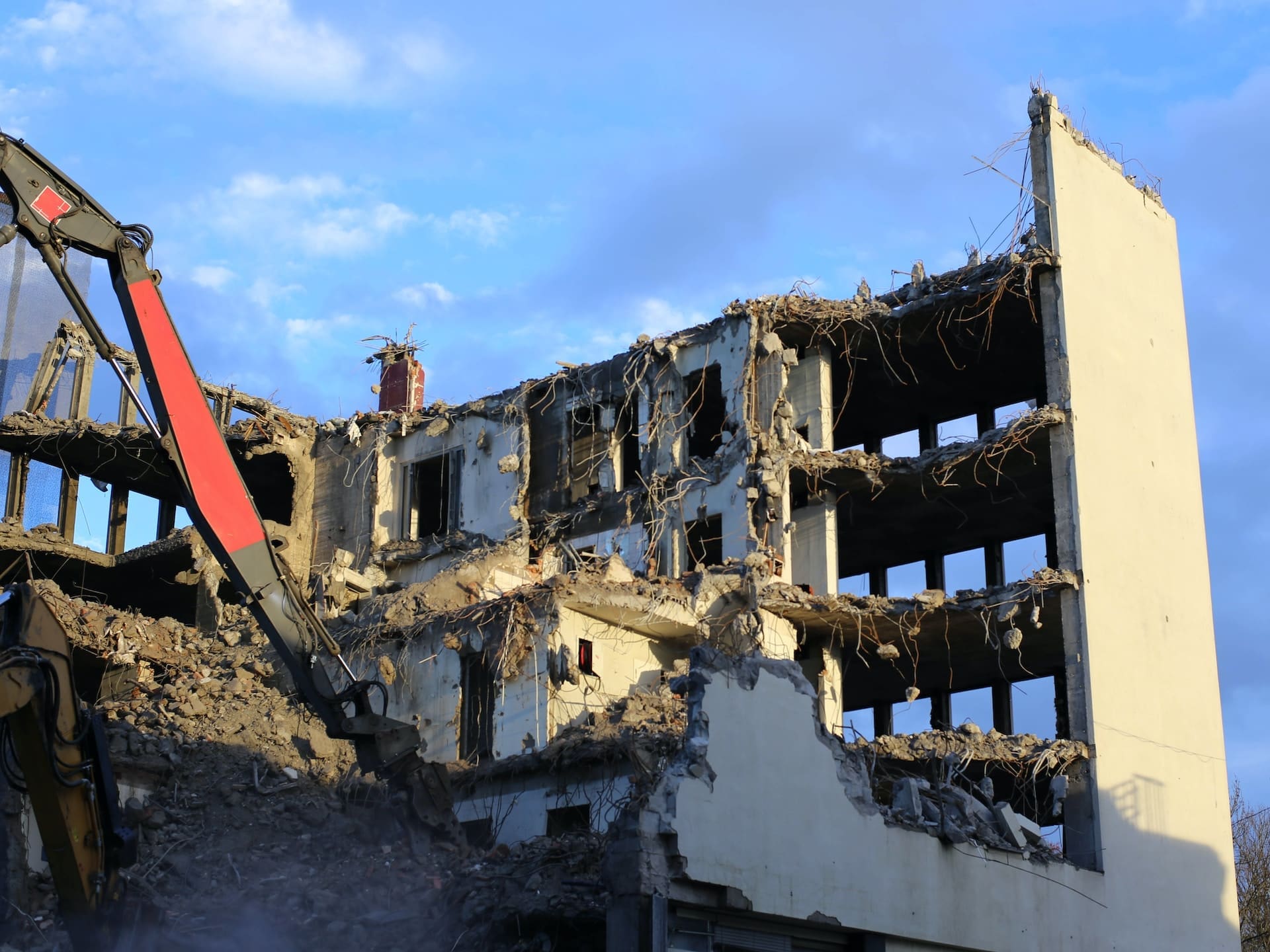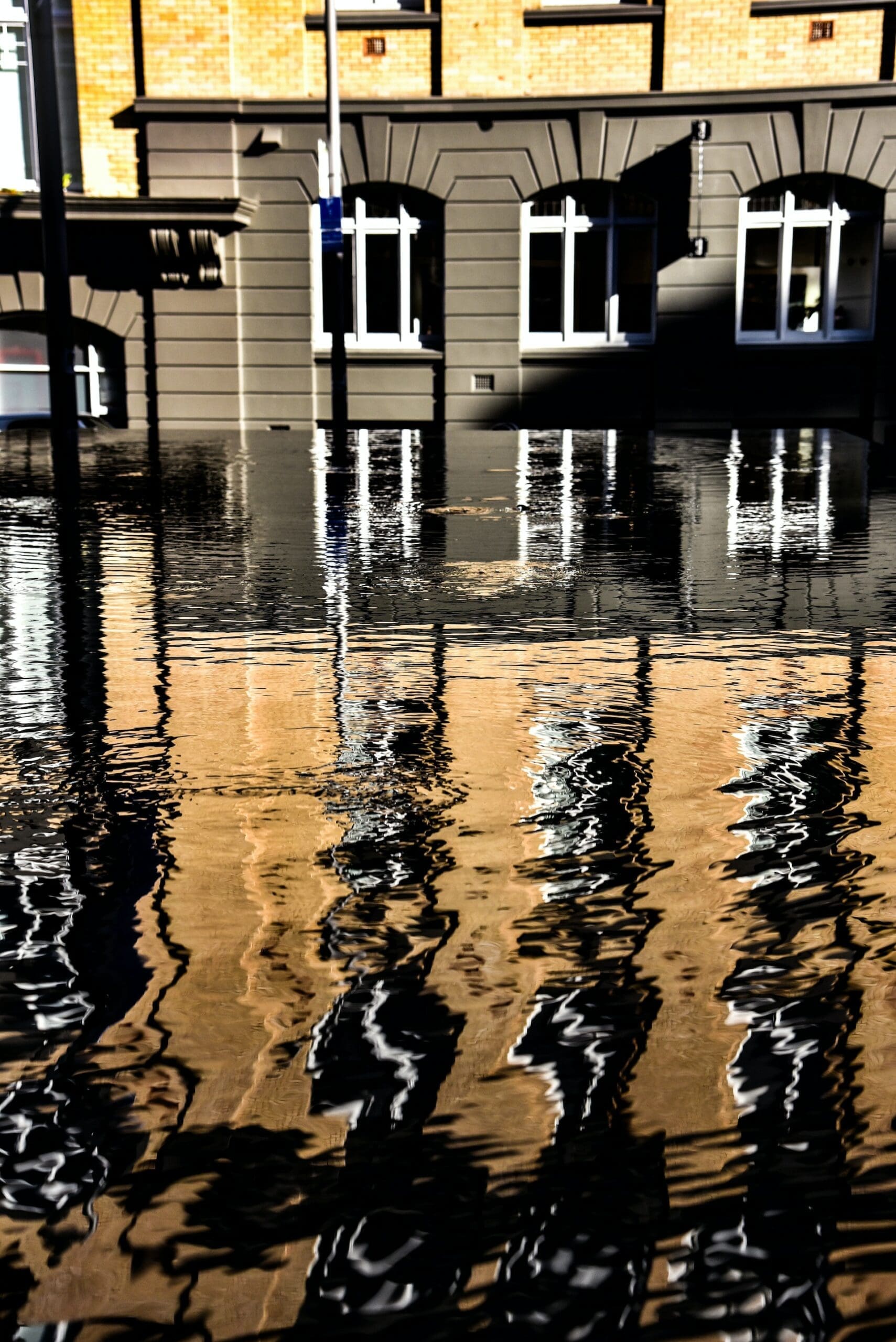Introduction
When a hurricane warning is issued, it’s important to take the necessary steps to prepare both yourself and your home for the storm. A storm can impact your life and routine for days leading up to and following its direct touchdown, so preparing yourself accordingly is important. Here are some tips on what you should do before, during and after a storm:
Before the Storm
- Monitor news reports of the storm so that you stay up-to-date about its movements. It is important to monitor a storm’s movements as it heads towards you because storms can be unpredictable and pose a great risk. Knowing the exact location of the storm, its size, intensity and direction are essential in order to take appropriate safety measures. For instance, if there is an impending tropical cyclone or hurricane heading your way, you should have an evacuation plan ready beforehand so that everyone in your household knows what steps they need to take when needed. Monitoring a storm’s movement will also tell you how much time you have before it reaches your area. This will help with preparations such as bringing outdoor furniture inside or boarding up windows for protection from potentially strong winds and flying debris.
- Make sure any outdoor furniture or items have been brought indoors or secured. It is important to secure outdoor furniture before a storm hits because failure to do so can lead to serious damage and even injury. High winds from storms can cause patio chairs, tables, grills, umbrellas and other items of outdoor furniture to be tossed around like toys. This can result in broken glass or sharp objects being thrown at people as well as surrounding buildings and property which could potentially cause injuries or costly damages. It is much easier for thieves when these items are loose during a storm since they cannot be adequately monitored by homeowners who may not have access due to their own safety concerns. Securing your outdoor furniture with ropes or straps helps prevent the risk of flying debris while also providing an extra level of security against theft during bad weather conditions.
- Stock up on food supplies like nonperishable foods and bottled water in case power outages occur. In today’s world of unpredictable weather patterns, power outages can occur unexpectedly due to storms or other natural disasters. It is important to always be prepared for such an event by stocking up on food supplies like nonperishable foods and bottled water. Having a supply of these items in your home will help ensure your family has access to necessary nutrition as well as hydration should the need arise. Nonperishable foods are easy to store and don’t require refrigeration, so they last much longer than items that do require refrigeration or freezing. Bottled water ensures you have clean drinking water available during times when the tap may not be safe due the lack of electricity used for purification purposes. Stocking up on food supplies is essential in helping families stay healthy if a power outage occurs suddenly without warning.
- Keep extra batteries handy for radios, flashlights etc. It is important to keep extra batteries handy before a storm as they can be essential during an emergency. In the event of a power outage, having backup batteries for radios and flashlights will help you stay connected with family, friends or local news in order to obtain updates about the storm situation. Furthermore, these backups may also provide needed light if it’s too dark inside your home due to lack of electricity. Keeping some spare batteries on hand can ensure that you have access to these items when an emergency strikes so that you are better prepared and able to protect yourself from potential harm during any kind of weather-related disaster.
- Check insurance policies to make sure they cover potential damages from hurricanes.
During the Storm
- Taking photos of damage during a storm is important for many reasons. It can provide valuable evidence that may be necessary to receive compensation from insurance companies, or to help support claims in the case of legal action. Photos will also serve as an invaluable resource if any repairs need to be completed after the storm passes. Additionally, taking photos before and after a major event like a hurricane can illustrate how much destruction has occurred over time. This data can then be used by scientists and public officials when making decisions concerning future safety protocols and evacuation plans. Photos are also helpful in documenting specific damages that could have been caused by storms so others know what happened without having to rely on second-hand accounts alone. For example, pictures taken at an affected home or business might show overflowing rivers near homes due to flooding or collapsed buildings due to structural damage from high winds. This kind of information will prove useful for those trying to assess similar risks elsewhere in the area – either now or in the future – because it gives them more insight into potential consequences associated with certain weather events. Taking photos during storms helps to ensure all parties involved have access to accurate records and that is most important for you when trying to prove the impact of a storm on your life.
- In general, plan to stay inside and away from windows and doors that could be damaged by high winds or flooding. If you live in an area prone to hurricanes, consider investing in storm shutters for your home or reinforce existing windows with plywood boards. When evacuating due to an impending hurricane, find lodging at a hotel or motel well inland from coastal areas as they are more likely not impacted by the storm surge of water brought up by the wind speeds associated with a hurricane. If possible, try to find shelter either higher than ground level such as upper floors of multilevel buildings – which can provide extra protection against flooding waters in low-lying areas.
After the Storm
- Listen for any updates from local authorities or emergency services about evacuation orders or other advisories.
- Stay alert for potential hazards such as downed power lines or flooding in order to avoid injury. If you need help with anything related to the storm, such as finding shelter or medical assistance, contact your local disaster relief organization immediately.
- Assess damage done by the hurricane and document what has been affected with photos and videos if possible – this will help speed up insurance claims later on.
- Secure all necessary supplies needed during repairs; these include tools like hammers and saws but also materials like plywood boards used for boarding up windows.
- Call Stormwrappers to secure your property, receive board-up and tarping services, and inspect any potential damage that may have occurred!
Conclusion
It’s always a good sign if the hurricane’s impact on your life is strongest before the hurricane hits. That usually means that the hurricane didn’t leave too much damage. Regardless of the damage left, if you follow these guidelines it’s most likely that you will be safe even if buildings are not.
As a new home owner, I couldn’t have asked for a better company. Lou and his team made my hard situation an easy and stress…Read More » a month ago via Google Alisha T We recently had major water damage in our home, affecting the entire kitchen, dining room, and basement. Louis from Upper Restoration showed up quickly, assessed…Read More » 2 months ago via Google Cathy Choi We recently sustained some damage to our roof and our central air system due to a storm. Upper Restoration had to open our ceiling to…Read More » 2 months ago via Google Chimere Luke I had the pleasure of working with Upper Restoration and their incredible team during a recent project for my home after a flood, and I…Read More » 8 months ago via Google Lewis James Lirosi


